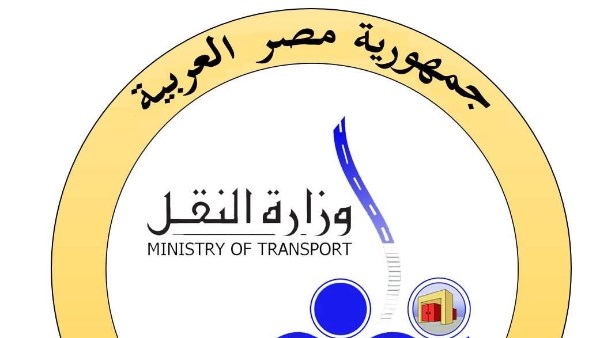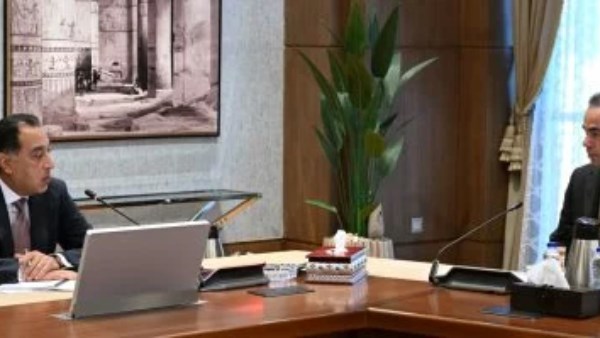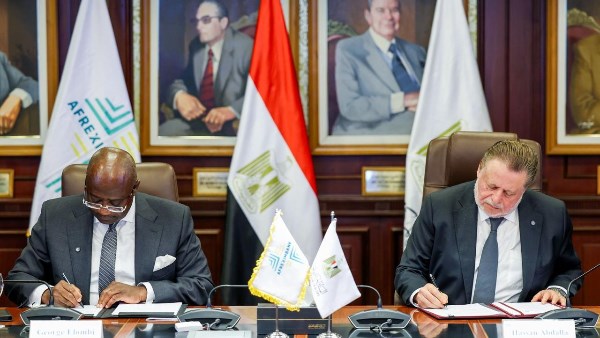
The liquidity crunch means that governments are spending more to service debt
Looming Debt Spiral in Emerging Markets Tests IMF and World Bank Safety Net

A liquidity crunch is brewing across the developing world, raising pressure on US-backed international financial institutions to help poor nations meet mounting debt repayments and drive much-needed investments.
The Washington-based International Monetary Fund and World Bank last week unveiled a three-pronged approach to help countries deal with a wall of maturities due over the next three years. The poorest nations have to pay more than $290 billion in foreign debt in the coming years, and billions more to domestic lenders, according to World Bank data.
There’s growing concern that without short-term financing and longer-term fixes, the situation risks tipping into a new wave of sovereign defaults, which would paralyze governments, punish their citizens and deal losses to foreign investors.
“An ounce of prevention is worth a pound of cure,” said Samy Muaddi, head of emerging markets fixed income at T. Rowe Price. “For countries that are dealing with liquidity issues rather than insolvency, which we know is a big point, it’s best to get ahead of that.”
Higher debt and borrowing costs
Analysts at S&P Global Ratings said this month that higher debt and borrowing costs will lead to an increase in defaults over the next decade compared to recent years.
The liquidity crunch means that governments are spending more to service debt, limiting what they can invest in infrastructure, education and health, as well as climate-change adaptation. The world’s poorest countries this year are spending an average 50% of their revenue to service $185 billion owed to domestic and foreign creditors, according to World Bank data.
The joint IMF-World Bank proposal calls broadly for vulnerable countries to boost government revenues and improve public spending; bilateral creditors to provide more concessional funding; and for multilateral lenders to step in with new measures like credit guarantees to help bring down borrowing costs and ease debt burdens.
That plan, however, has been criticized by the US — the biggest shareholder of both the IMF and World Bank. While the Biden administration has welcomed the institutions’ involvement in confronting the liquidity issues, it has said their proposal isn’t aggressive and targeted enough, according to people with knowledge of talks between US Treasury Department and the two so-called Bretton Woods institutions.
Among other criticisms, the US has said the initiative isn’t structured or defined enough to make it clear which countries can and should engage. And while neither side wants to name specific countries with liquidity issues — which would likely spook investors and drive up borrowing costs — Washington wants a more clearly defined eligibility framework, the people said.
The IMF so far has preferred bespoke solutions for any country in need of liquidity help, which should be designed and led by the countries themselves, rather than the IMF or other multilateral groups.
The last big effort from the IMF and World Bank to help debt-saddled countries — the Common Framework — was heavily criticized by both debtors and creditors as being too slow and politically fraught. Debt restructurings, in some cases, have dragged on for years.
The IMF plan is expected to be discussed by Group of 20 leaders meeting next month in Brazil. It’s unclear if they will endorse any specific program, as they did with the Common Framework.
Tackling liquidity challenges
An IMF spokesperson said in an email that there’s consensus on the urgency for tackling liquidity challenges and “we remain closely engaged” with stakeholders, including the G-20, “on the importance of continuing to strengthen our engagement around this pressing issue.”
The US Treasury declined to comment.
The US, along with France, drafted in September a seven-page informal document called “Pathway for Sustainable Growth” that called for “ambitious, integrated, multiyear reforms” for countries facing stress, according to the paper, which was reviewed by Bloomberg. It called on the IMF and World Bank to “propose a specific, actionable plan” to be discussed during the IMF and World Bank’s annual meetings last week in Washington.
Jay Shambaugh, US Treasury undersecretary for international affairs, hinted at the rift this month in a speech, which has been his usual medium for laying out Washington’s expectations for the institutions it helped found.
“In today’s complex sovereign debt landscape, the IMF plays the critical role of guide, and sometimes referee and air traffic controller,” Shambaugh said at the Atlantic Council. He stressed it was key “for countries to have a better understanding of the tools that exist to help them through liquidity challenges.”
The Group of Seven — a group of rich, aligned countries that counts the US as its largest member — capped off the week with a statement that called on the IMF and World Bank to refine their approach.
“We support a country-owned, reform-oriented, multidimensional approach,” it said, “and encourage the IMF and the World Bank to further develop their proposal of a three-pillar approach.”





-1120252475029447.jpg)
-920252122624392.jpg)















